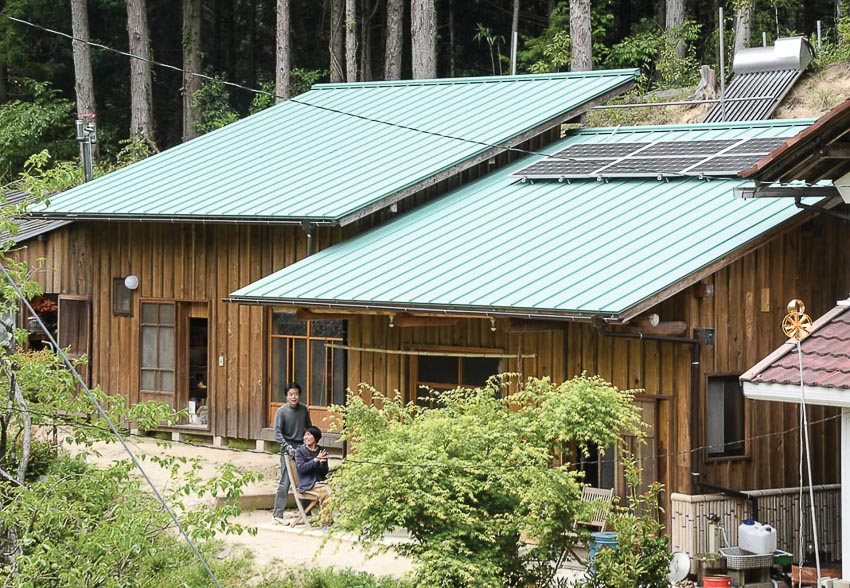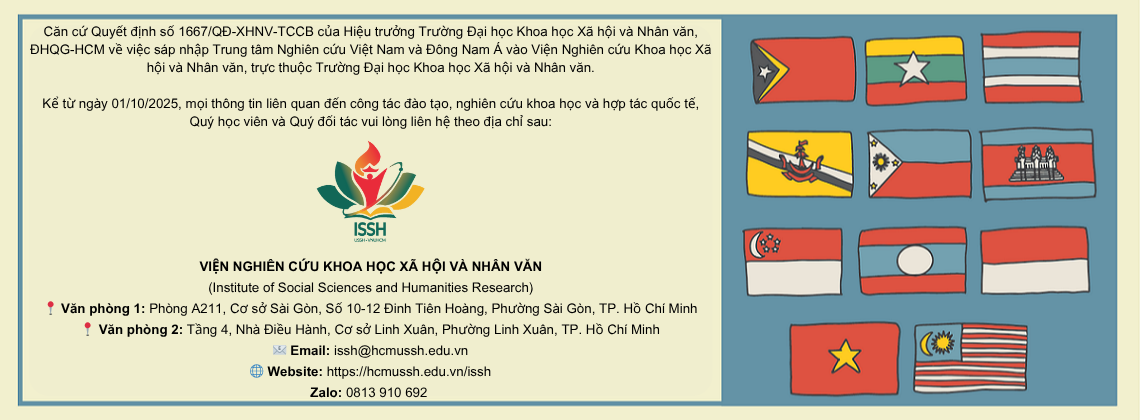WIRELESS HOUSES – NOT ONLY IN MOVIES
, 16/10/2017 14:10The high prices of electricity and the monopoly on electricity supply of some private companies in Japan have provoked discontent among its residents. For that reason, the model of wireless houses has emerged, creating a new trend in this country. Such a model has also been successfully adapted in Vietnam.

Japan used to have 10 private electricity companies which monopolized electricity supply nationwide. In 2016, this monopoly was ended, leading to the establishment of various electricity companies, but they have to depend on the infrastructure of electricity supply built by the ten aforementioned firms. The electricity prices in Japan are three times higher than those in Vietnam, posing difficulties to households with below-average incomes. What’s more, serious financial loss and environmental damage caused by the Fukushima nuclear disaster in 2011 made Japanese people less interested in nuclear energy. In 2017, 60% of the country’s population oppose the use of nuclear energy and express their support for the growing trend towards wind and solar energy.
A man named Otsuka Shokan, together with his wife and two children, who used to live in Fukushima, has decided to build a self-sufficient life in a mountainous area far away from the city center. His family uses stream water and does farming to meet the need for their daily meals. He has designed a system of solar panels which can supply electricity for lighting and some other activities that needs electricity in his family. He has collaborated with the environmentalist Tanaka Yu to establish an NPO called Jienegumi, meaning “A self-supplying energy group”, which encourages people to generate electricity from panel systems and store it in storage batteries for future household use. Thanks to this organization, the model of wireless houses has quickly spread over Japan.

The model of a wireless house in Japan
Up to July 2017, 45 houses with the wireless model have been constructed in Japan, and other 17 are going to be built. The first wireless house in Okinawa prefecture has the floor area of around 100m2 with three members living in. There are 15 panels positioned on the roof, from which electricity runs through a transformer, where its direct current is changed into alternating current and stored in 24 storage batteries. According to figures from the electric meter, this family uses about 5kWh for lighting and other household appliances such as refrigerators, washing machines, vacuum cleaners, and computers, etc., and they hardly use air conditioners, dishwashers, or microwave ovens. The cost for such a complete system is about US$25,000 with a lifespan up to 20 years. Although the electricity prices in Vietnam are more reasonable than those in Japan, we should also consider such wireless houses, given the shortage of electricity has been forecast, which will force us to exploit thermal coal resources and gas turbines alongside hydroelectric dams, thermal coal and thermal oil power plants. One of the pioneers of this trend in Vietnam is the AEON Group (Japan). At AEON Binh Tan, the company has installed 1,424 panels with a capacity of 320kW on the roof of the shopping mall’s garage. The amount of electricity generated from this system only fulfils part of the whole mall’s need, yet it can help the company cut considerable cost.

The system of solar energy panels at AEON Binh Tan.
A small school in suburb Ho Chi Minh City which also applied the model of “wireless school” is Secondary School Tan Nhut (in Binh Chanh District). It is one of the schools in the suburbs that were funded by AEON Vietnam to set up a panel system since 2013 with an investment of US$50,000. The amount of electricity produced by the system meets 25 – 30% of the total need of electricity at the school.
As for household use, there is one wireless house which has been built in Tam Duong district, Vinh Phuc province, about 50 kilometers northwest of Hanoi. The house’s owner is a person who used to study in Japan. The cost for the house’s construction was US$45,000, funded by Ligare, a company specialized in installing equipment using solar energy (located in Shizuoka prefecture, Japan). Mr. Kurebayashi Ryo, General Director of Ligare Company, said that his company will continue to help Vietnam spread this model nationwide. In 2016, Ms. Huynh Ngoc Van, Director of the HCMC War Remnants Museum, was greatly impressed with the wireless-house model in Okinawa on her business trip to Japan. After consulting with some experts such as Prof.Dr. Sakamoto Megumi – President of Fukushima University, Mr. Kurebayashi Ryo – General Director of Ligare Company, and a wireless house’s owner in Okinawa, Ms. Van was planning to build panel systems for most museums in the city. Her project has been put forward for consideration of the city’s authorities. Moreover, her museum intends to exhibit the model of a solar electricity house to visitors.
A modern life and technology development are making family members have less interaction with one another. Each person usually keeps their eyes glued to his or her computer, smart phone or television screens, so meals among family members seem to have less talk and laughter. Many Japanese people have realized this circumstance and started to change their lifestyle in which the use of electricity and smart devices is limited. Perhaps Vietnamese people should also think about a lifestyle that does not depend on the state’s electricity supply, starting from small houses without electric wires. Another benefit of this model is that it is good for human health and environmentally-friendly.
Original article in Vietnamese: http://www.doanhnhancuoituan.com.vn/kinh-doanh/chuyen-lam-an/nha-khong-day-dien-khong-chi-co-tren-phim-anh.html














